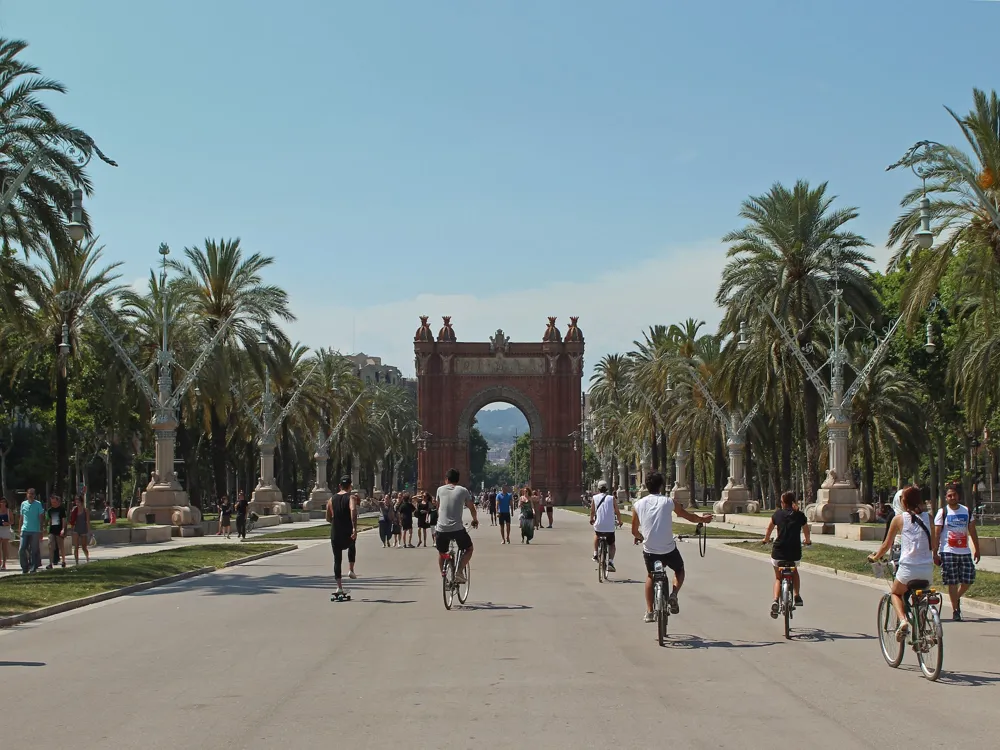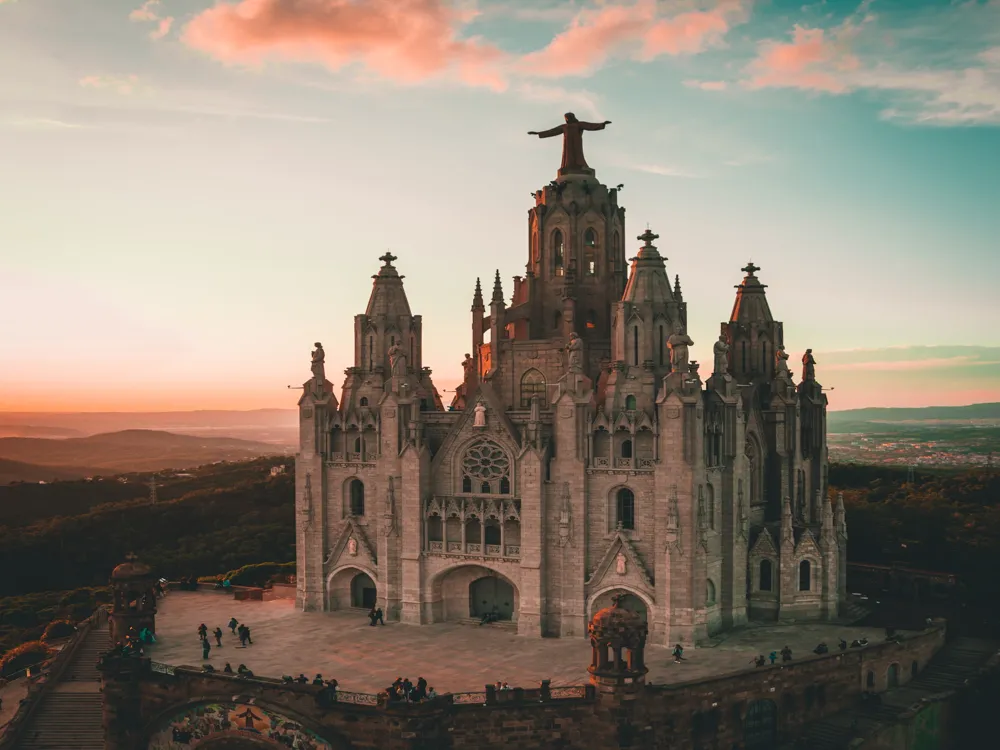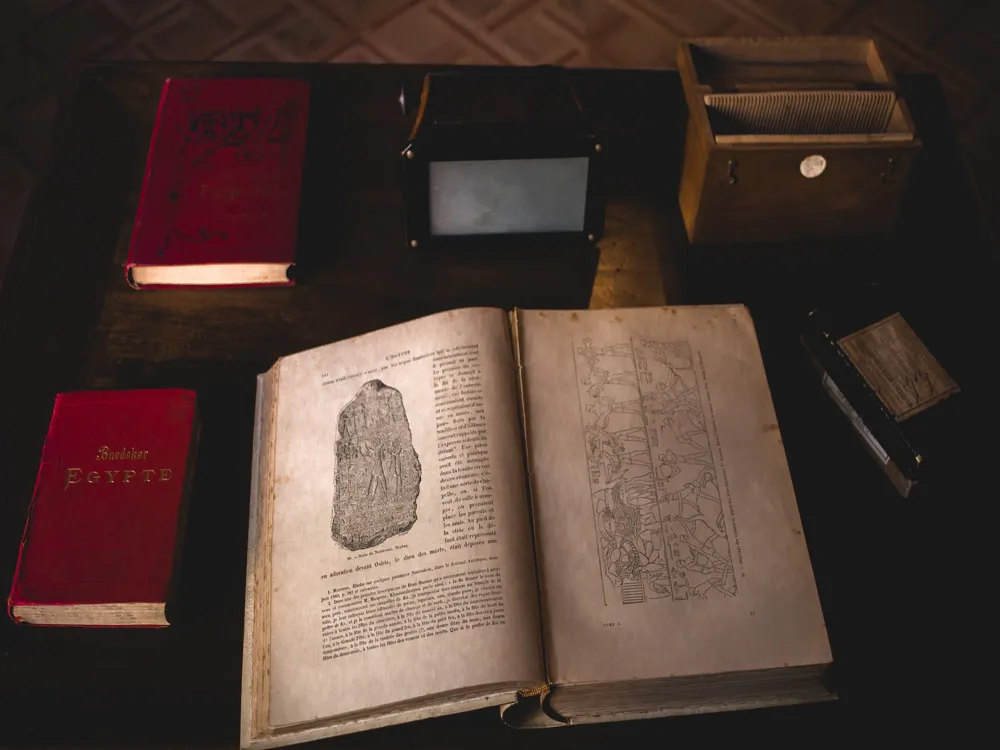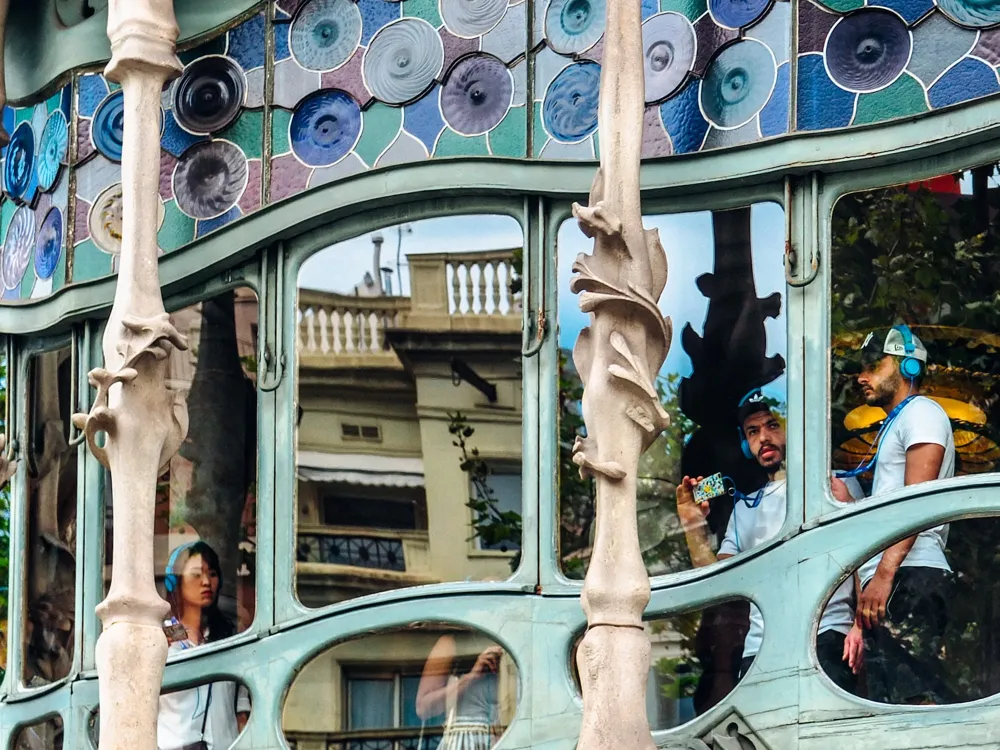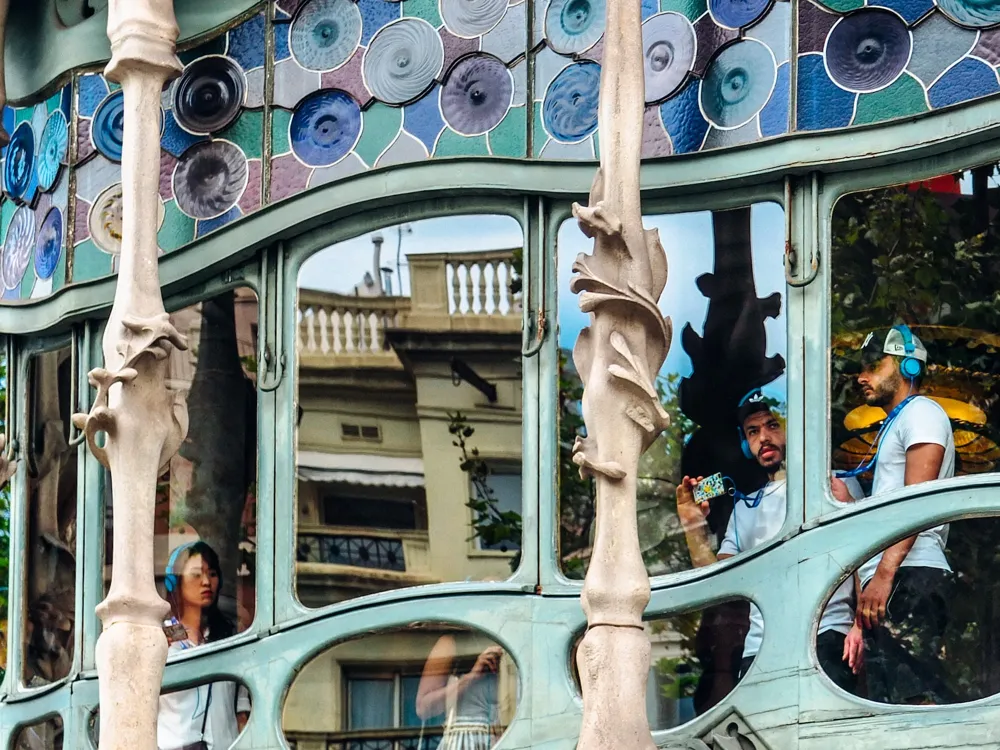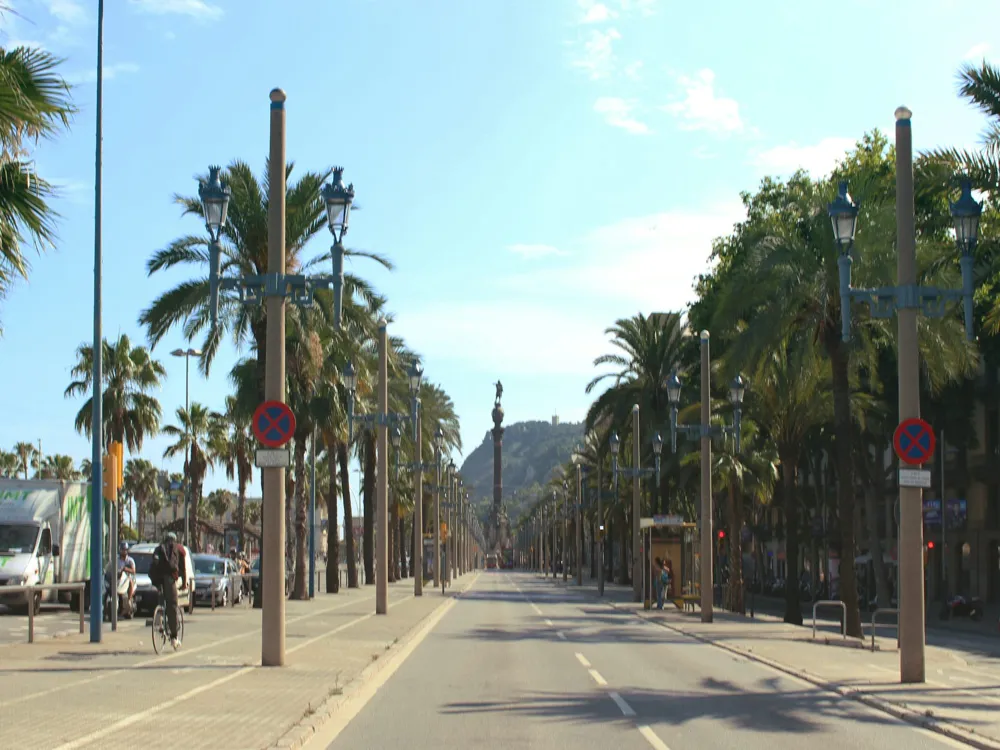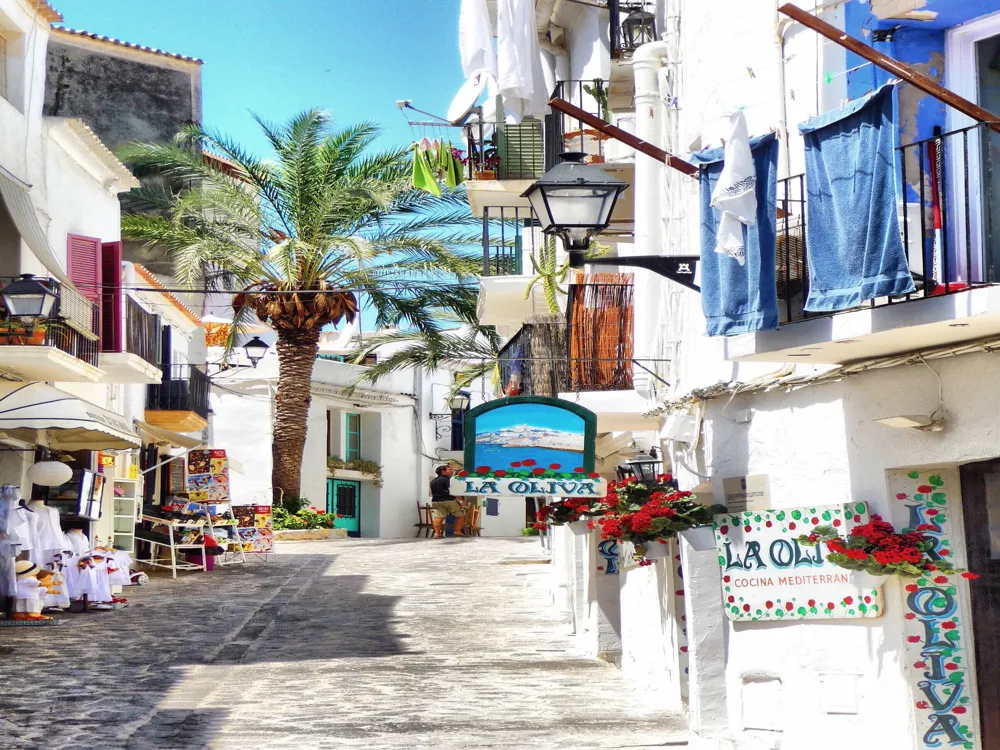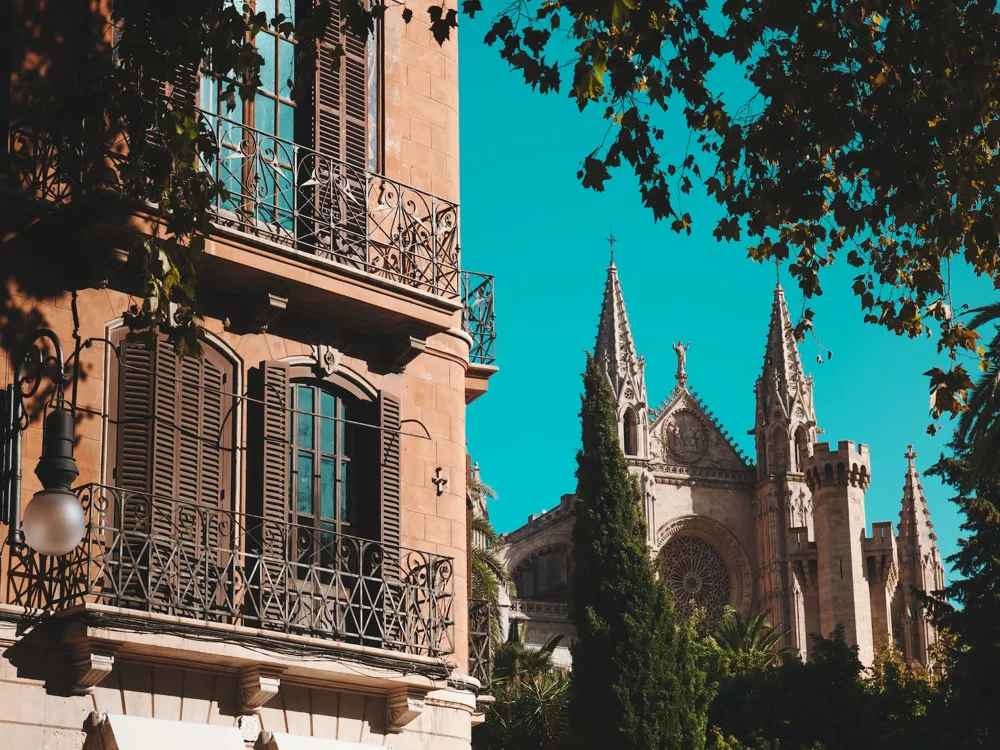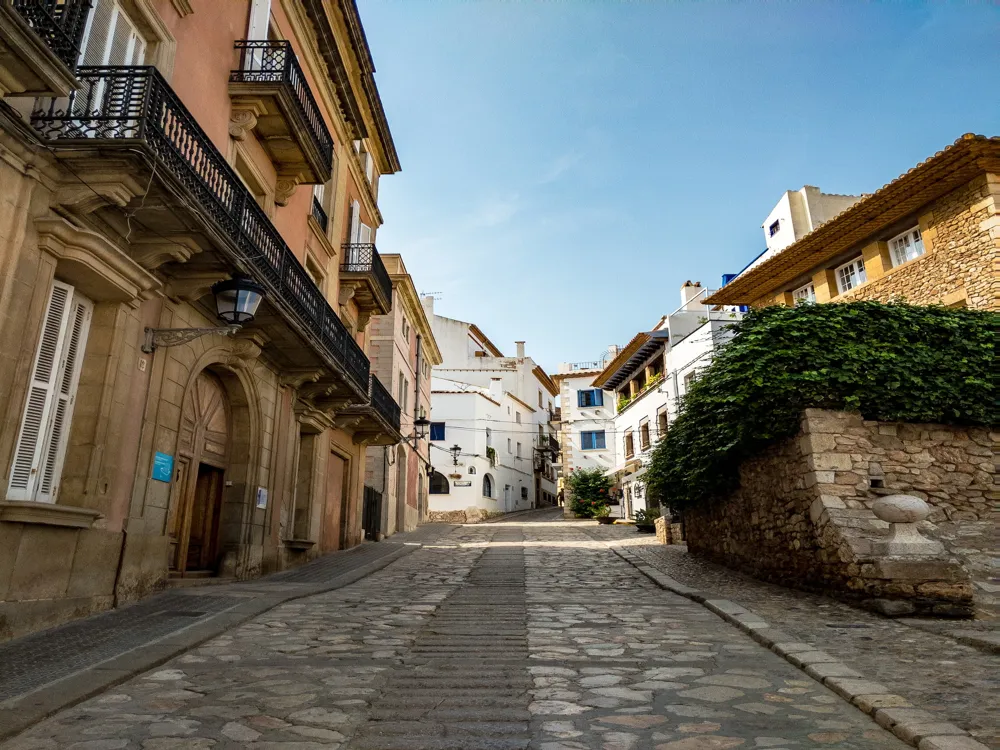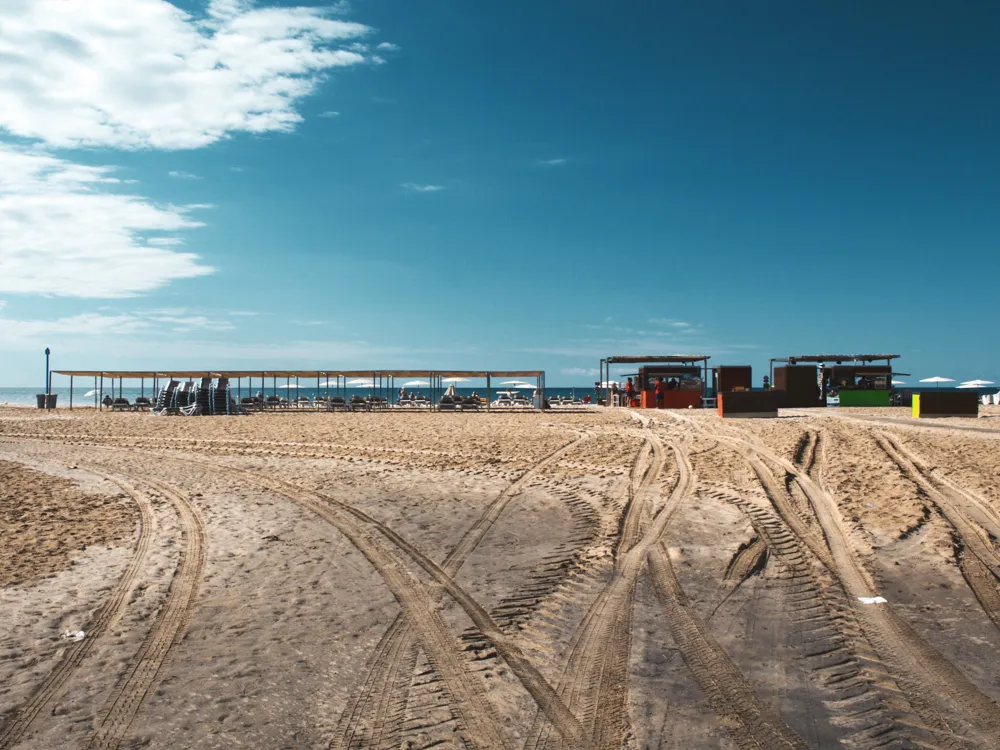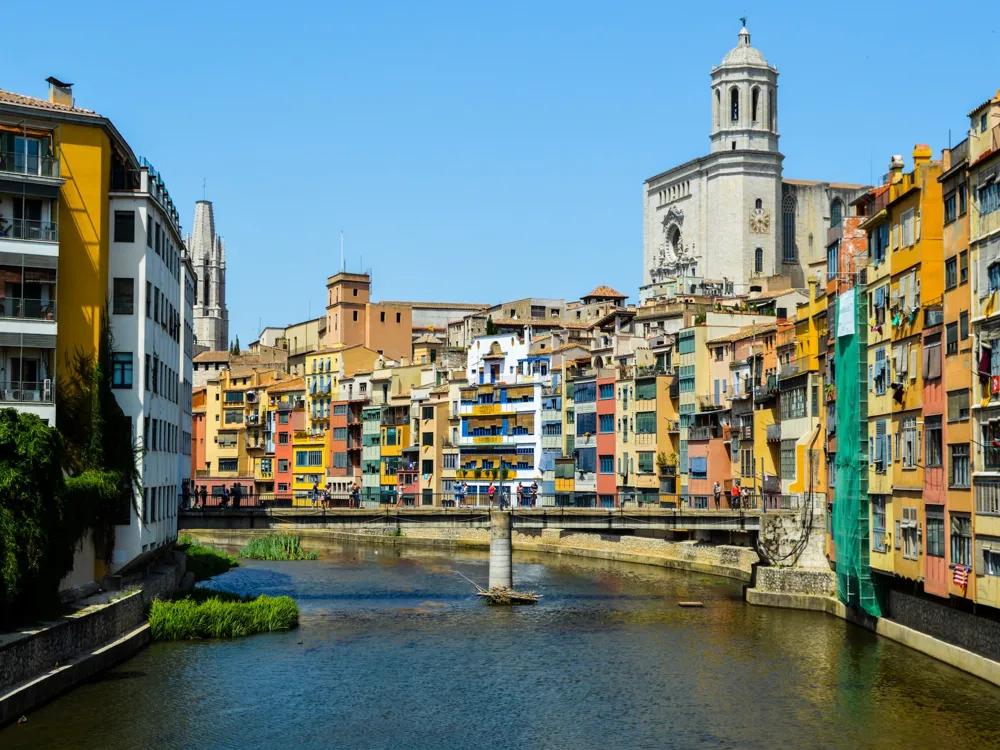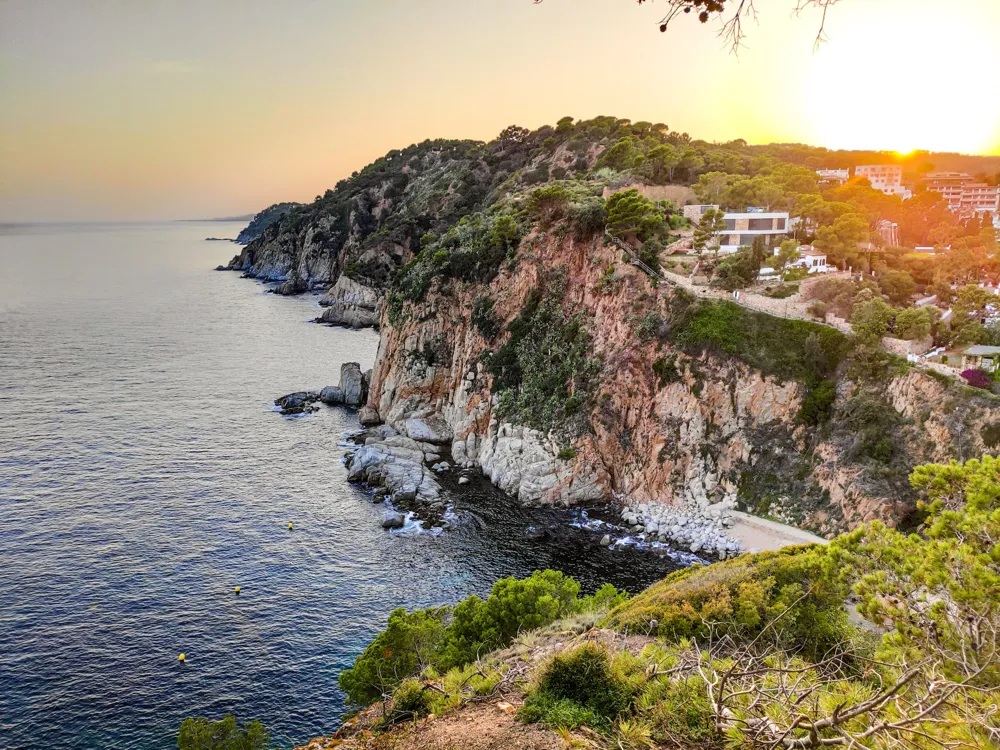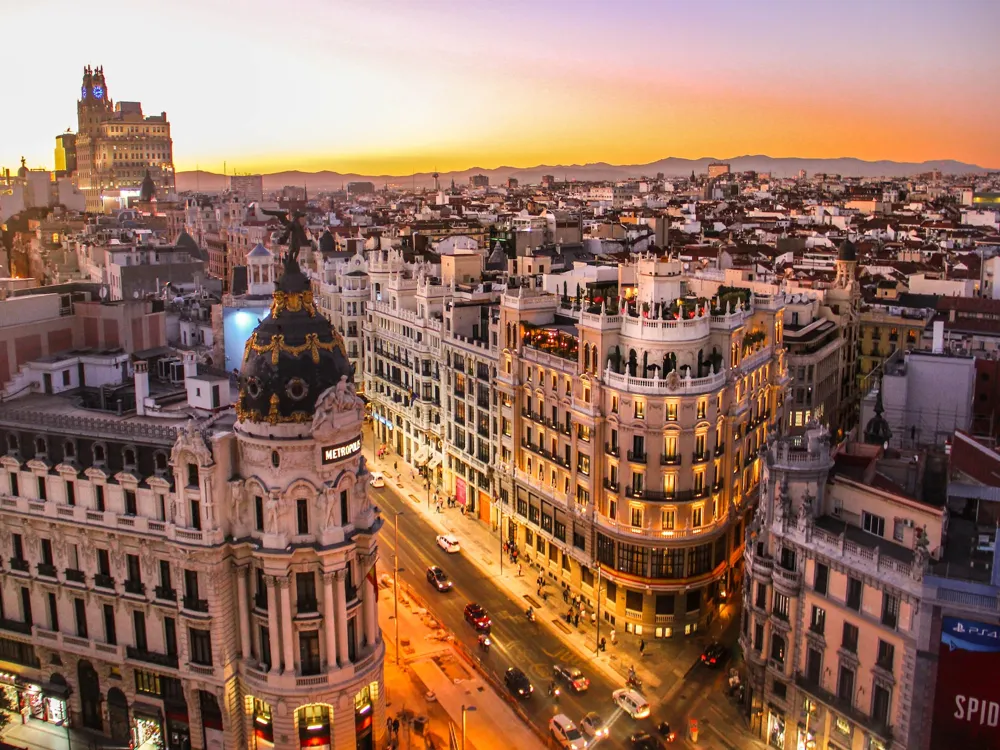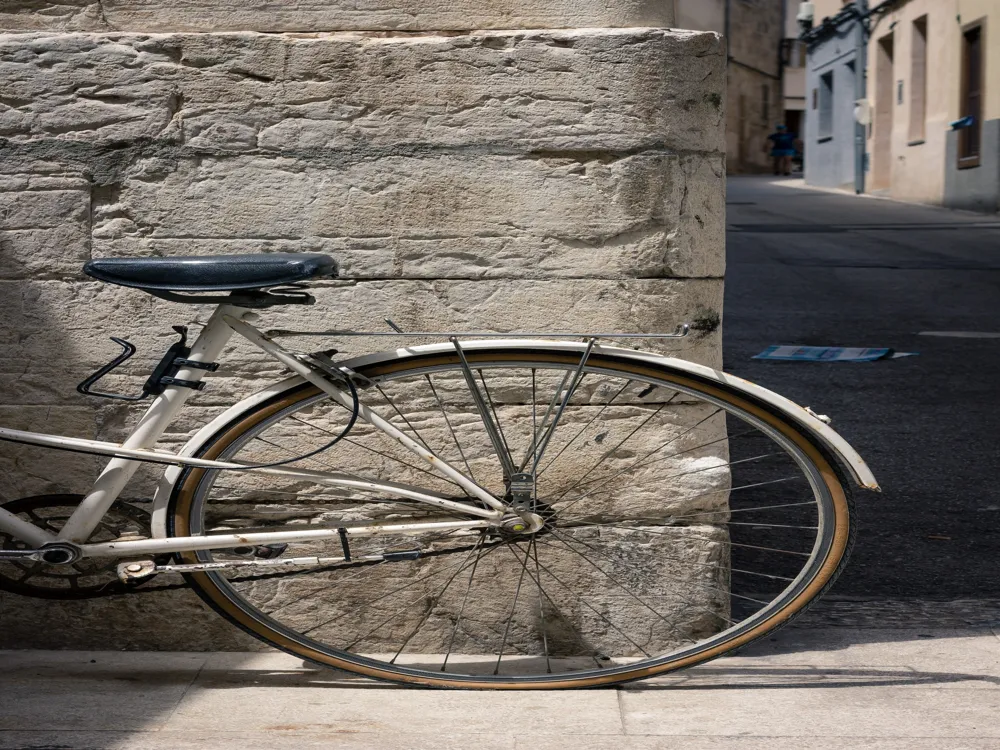Montjuïc, a prominent hill located in Barcelona, Spain, is not just an ordinary elevation. It is a symbol of the city's rich history and cultural heritage. This picturesque site offers panoramic views of Barcelona, including its bustling ports and the Mediterranean Sea. Montjuïc's name, meaning 'Jewish Mountain' in medieval Latin, hints at its historical significance. It has been a strategic location for various civilizations, from Iberians and Romans to its current status as a major tourist attraction. The hill is dotted with numerous attractions, including the famous Montjuïc Castle, a 17th-century fortress with a storied past. The area is also home to the Magic Fountain of Montjuïc, the National Art Museum of Catalonia, the Joan Miró Foundation, and the Olympic Ring from the 1992 Summer Olympics. The hill's lush gardens, such as the Mossèn Cinto Verdaguer Garden, provide a tranquil escape from the city's hustle and bustle. This blend of nature, history, and culture makes Montjuïc an essential destination for any Barcelona itinerary. The architecture of Montjuïc is a testament to the diverse influences that have shaped Barcelona over the centuries. The hill features an eclectic mix of architectural styles, from the medieval fortifications of Montjuïc Castle to the modernist designs of the Olympic facilities. The Palau Nacional, a stunning example of 1920s architecture, houses the National Art Museum of Catalonia and boasts a mix of Renaissance and Baroque elements. One of the most notable architectural highlights is the Poble Espanyol, an open-air architectural museum that showcases various styles of Spanish regional architecture. The Magic Fountain of Montjuïc, designed by Carles Buïgas for the 1929 International Exposition, is an example of early 20th-century design combined with modern technology to create a spectacular light and water show. The Olympic Ring, including the Palau Sant Jordi and the Barcelona Olympic Stadium, reflects the modern architectural trends of the late 20th century, emphasizing functionality and minimalism. The ideal time to visit Montjuïc is during the spring and autumn months when the weather is pleasant, and the gardens are in full bloom. Summers can be quite hot, and winters may have unpredictable weather, affecting outdoor activities and sightseeing. Montjuïc is accessible via various modes of transport. Visitors can take the metro, bus, or the Montjuïc cable car for a scenic route. The area is also well-connected through walking and cycling paths. It's important to wear comfortable shoes as there is a lot of walking involved. Plan your visit to cover key attractions like the Montjuïc Castle, Magic Fountain, and the National Art Museum. Don't miss the sunset views from the castle and the evening fountain show. Additionally, explore the lesser-known gardens and pathways for a more immersive experience. There are several dining options on Montjuïc, ranging from casual cafes to upscale restaurants. Visitors can also bring a picnic to enjoy in one of the many gardens, offering a unique way to experience the hill's natural beauty. To reach Montjuïc, visitors have several options. The most popular is the Montjuïc cable car, which offers stunning aerial views of the city. Alternatively, one can take the Barcelona Metro to the Espanya station and then either walk, take a bus, or use the funicular railway to ascend the hill. Buses and hop-on-hop-off tourist services also provide easy access to Montjuïc. For those preferring to drive, there are parking facilities available, although spaces can be limited during peak tourist seasons.Overview of Montjuïc in Barcelona
Architecture of Montjuïc
Tips When Visiting Montjuïc
Best Time to Visit
Transportation and Accessibility
Attractions and Activities
Food and Dining
How To Reach Montjuïc
Montjuic
Barcelona
₹ 35,693 onwards
View barcelona Packages
Weather :
Tags : Hills & Valleys
Timings : Museum timings:- March to October:- 10:00 AM to 8:00 PM
November to February:- 10:00 AM to 6:00 PM
Planning a Trip? Ask Your Question
Barcelona Travel Packages
View All Packages For Barcelona
Top Hotel Collections for Barcelona

Private Pool

Luxury Hotels

5-Star Hotels

Pet Friendly
Top Hotels Near Barcelona
Other Top Ranking Places In Barcelona
View All Places To Visit In barcelona
View barcelona Packages
Weather :
Tags : Hills & Valleys
Timings : Museum timings:- March to October:- 10:00 AM to 8:00 PM
November to February:- 10:00 AM to 6:00 PM
Planning a Trip? Ask Your Question
Barcelona Travel Packages
View All Packages For Barcelona
Top Hotel Collections for Barcelona

Private Pool

Luxury Hotels

5-Star Hotels

Pet Friendly






